PRESERVING A MILITARY LEGACY FOR FUTURE GENERATIONS
The following Reflections represents ISCM Donald Zimbelman’s legacy of his military service from 1967 to 1991. If you are a Veteran, consider preserving a record of your own military service, including your memories and photographs, on Togetherweserved.com (TWS), the leading archive of living military history. The following Service Reflections is an easy-to-complete self-interview, located on your TWS Military Service Page, which enables you to remember key people and events from your military service and the impact they made on your life. Start recording your own Military Memories HERE.
Please describe who or what influenced your decision to join the Navy.

My decision to join the Navy was probably like others who joined, I didn’t want to be drafted into the Army. Also, my dad and several uncles were in the Navy during WW II, and I wanted to follow the military tradition that my family had. I also had an uncle who served in the Army during WW II, and my Grandfather was in the Army during WW I. I was also interested in the Navy and was mesmerized by the battleships and aircraft carriers. I wanted to be a Naval Aviator, which didn’t happen, but I came close as an aircrew member on EC/WC-121s. So, my best friend, Doug Austin, and I enlisted in the Navy and left for boot camp in San Diego on February 1, 1967. We were both tired of school and were looking forward to a change.
Whether you were in the service for several years or as a career, please describe the direction or path you took. What was your reason for leaving?
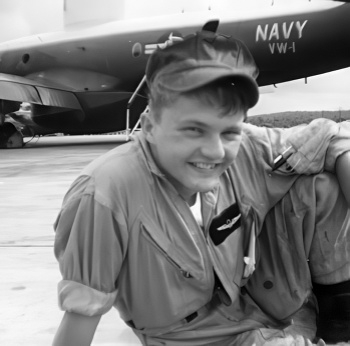
When I joined the Navy, I did not intend to make it a career. I wanted to serve four years and return to school on the GI Bill. But, as time passed, I went to Photographic Intelligenceman ‘A’ school at Lowry Air Force Base in Denver, Colorado. My first duty station as a PT was the Naval Reconnaissance and Technical Support Center, Washington, DC. After being there for a few months, I thought the work I was doing was fun and interesting and thought of re-enlisting. But, I got married during this tour, changed my mind, and got out after the four-year term. I was out less than 90 days and re-enlisted at the Omaha Nebraska Reserve Station for six years, and the VRB was given for a PT2. The bonus was the highest paid then, so it set us up with savings and a comfortable lifestyle.
My first duty station after re-enlisting was at the Coronado Amphibious Base near San Diego, California. I was the only PT on the staff and had a good job in the Intelligence, N2 shop on the Commander Amphibious Operations Support Command Staff. At the time, two staff would rotate between Coronado and the Western Pacific, where the staff in the WestPac was Commander CTF 76 supporting the Marines at Okinawa and headquartered at White Beach. I reported to the staff in May of 71, and we were immediately deployed to WestPac. We met the USS Dubuque at Subic Bay, and for the next few months, we made several stops, including Vietnam, Taiwan, Japan, Okinawa, and the Philippines. This was my first ship tour, and I enjoyed being at sea. During this tour, I earned my first Navy Achievement Medal and enjoyed being back in the Navy and doing the Intelligence work. In my opinion, the work was the most satisfying work I could do in the Navy. After the deployment, we returned to Coronado and were permanently stationed there.
I spent approximately another year on the staff and requested a ‘C’ school at the Defense Sensor Interpretation Application Training Program (DSIAPT), Offutt AFB, Nebraska. After the ‘C’ School, I was stationed at the Fleet Intelligence Center, Pacific at Pearl Harbor. FICPAC was on Ford Island at the time, which, for me, was a great place to see the reminders of the attack on Pearl Harbor, the history of our Navy, and the great comeback we made after the attack to win the war. Shortly after reporting to the FICPAC, a new building was built and commissioned at Makalapa below CINCPACFLT Hq. During my tour at the FICPAC, the PT rate and the YN 2505 rates were combined, and a new rate for Intelligence Specialist (IS) was created. I had the opportunity to be a part of the panel at the FICPAC that was making proposals for creating the new IS rate. The new rate was initiated in 1975. I received orders from FICPAC in February 1976 to VP-48 at NAS Moffett Field, Sunnyvale, California. I was back in the aviation branch of the Navy. We made deployments to Adak and to Misawa, Japan. After VP-48, I was sent to Selfridge ANG/NAS Detroit, Michigan, to instruct the IS rate ‘A’ school to the selected reserves who enlisted in the advanced rate program.
If you participated in any military operations, including combat, humanitarian and peacekeeping operations, please describe those which made a lasting impact on you and, if life-changing, in what way?
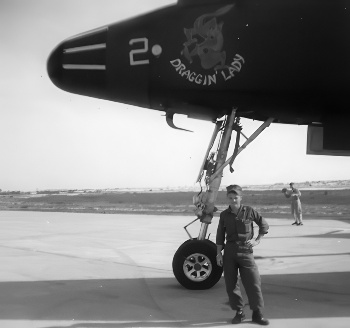
My first duty station after boot camp was with the VW-1 Typhoon Trackers at NAS Agana, Guam. VW-1 was a weather reconnaissance squadron that followed the typhoons during the summer months in the WestPAC. I was a radar operator onboard EC/WC-121 Constellations. The squadron also flew radar surveillance missions supporting operations in the Tonkin Gulf for the Seventh Fleet. We were the early warning for Red Crown station in the northern part of the gulf. When supporting the fleet, the squadron would deploy to Chu Lai and Danang, Vietnam. The most memorable time I spent there was during the Tet Offensive of 68. There were nights spent in the bunkers at the barracks area, which was approximately 6-8 miles from the airfield. The attack did much damage to the airfield and the bomb dumps that were storing the loads for the Marine Air Groups stationed there. Combat experience, whether on the perimeter or on the front, is something that you can never be ready for. I didn’t experience any after-effects from this experience, but it is something I will never forget.
Of all your duty stations or assignments, which one do you have fondest memories of and why? Which was your least favorite?
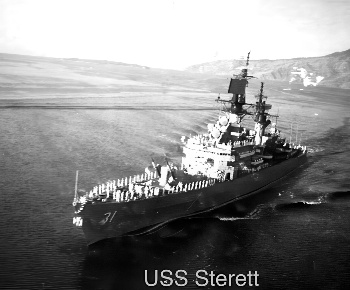
During my career, I was fortunate to have all good duty stations. I learned from every one of them and was able to experience a wide variety of different situations. The one duty station I remember and think of often was when I was assigned to the prototype billet on board the USS William H. Standley, CG-32. The Navy was opening up billets on cruisers and destroyers for Intelligence Specialist. I was one of two selected to fill the billet on the West Coast in San Diego, California. The other billet was on a destroyer in Norfolk, Virginia. I was also selected for Chief that year and reported onboard the ship as an IS1.
The surface Navy is quite different than the aviation or submarines. As you know, they all have their pluses and minuses. I enjoyed the ship and the operations were involved in at the time. We did operations off of North Korea, Vladivostok, and Petropavlovsk. During my time on the ship, I was not only setting up the standards for the billet but learning about operations, maintenance, and living onboard. I was initiated onboard the ship, and the Chief’s Mess was a great place to be. The tour on the Standley was my favorite as I was part of instituting a new NEC and enjoying the work. After shore duty, I followed up this tour with another tour on the USS Sterrett, CG-31, stationed out of Subic Bay, Philippines. For me, the cruisers were the most fulfilling tours during my career.
From your entire military service, describe any memories you still reflect back on to this day.

It’s hard to pick just one particular memory. There are many that I am fond of. But, for a 19-year-old new sailor going to the fleet after boot camp, there are many events that bring a smile. I was in the squadron in flight status, and all of the trips and deployments were great. My first deployment to Sangey Point was an eye-opening experience. The first time in the Philippines was exciting and educational. I don’t think I need to say more. Going to Japan was another historic moment as it wasn’t much more than 25 years prior to me being there; we were at war with the Japanese. In fact, just flying around the Pacific was an experience with the military equipment at different places. Guam still had a Japanese soldier hiding in the jungles while I was there. He was later found and taken home. Wake Island was another place with much equipment still in place. I could just imagine what it was like during the war and think of the battles that took place. There were many other places to remember that I was able to see such as Taiwan and Vietnam. All are etched well in my memory book.
What professional achievements are you most proud of from your military career?
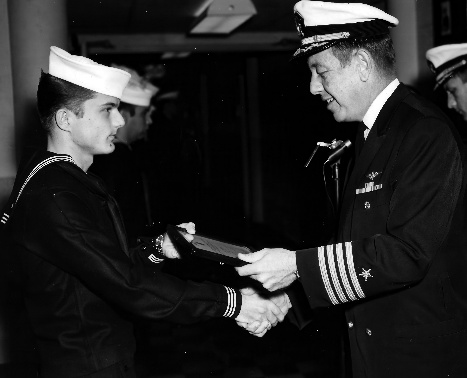
While I was flying with VW-1, I earned three Air Medals flying combat support for the fleet in the Tonkin Gulf. These medals were just part of my first duty station in which I also earned my Aircrewman Wings in a radar operator position. The squadron also won the Unit Citation Award. While I was stationed onboard the USS Sterett, I earned my surface warfare pin. The ship also won Battle E, which is a hard award to earn because of the competition in the fleet. I am proud of all my awards, whether they are personal awards, 2 Navy Achievement Medals, or unit awards such as the Battle E.
Of all the medals, awards, formal presentations and qualification badges you received, or other memorabilia, which one is the most meaningful to you and why?
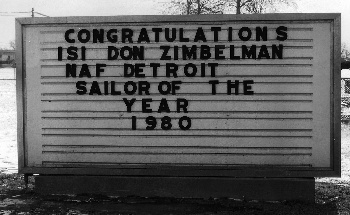
The most significant award was while I was stationed at the NAF Detroit as an instructor for the Reserve Intelligence Program Office RIPO-11. I was selected as the Sailor of the Year. This award, I’m sure, had a lot to do with my promotion to Chief a year later. However, my tour at the RIPO enabled me to complete my work for my business degree and be involved in some community work. My selection as the Sailor of the Year was also an honor as NAF Detroit’s nomination for the Naval Reserve Command Sailor of the Year. The leadership experience I gained was of great value for the rest of my career.
Which individual(s) from your time in the military stand out as having the most positive impact on you and why?
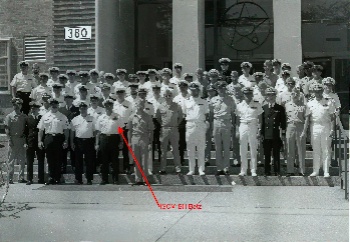
I made a lot of lifetime friends, and even though I haven’t seen many of them for several years, they remain with me. But, I had one Division Chief, Bill Betz, who taught me about leadership and how to be a leader who can get the most from your sailors but also be a mentor and friend. He also taught me that there is a line that needs to be understood between your sailors and you as their leader. When you work in a small division, which I usually did, you can get too close and derail the Chief from his sailors when the time comes for orders and discipline to be followed. I kept in touch with the Chief throughout my career as he was my mentor, and I was able to discuss anything.
Can you recount a particular incident from your service which may or may not have been funny at the time but still makes you laugh?
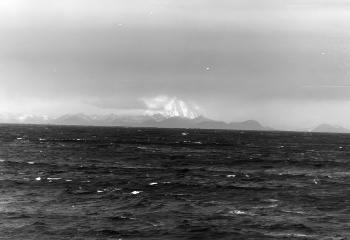
Throughout my career, many incidents were funny, and we all got a good laugh. One I remember was while I was stationed on the USS William H. Standley CG-32. We were in the Chief’s mess, relaxing after the day at sea and watching the movie. The movie we were watching was the Steven King movie, Carrie. If you remember the one scene near the end of the movie when Carrie reaches out of the grave and grabs the girl, the timing of the stunt was right at that time. With our backs to the door of the mess, one of the Chiefs snuck in behind the Chiefs at the table watching the movie. At that precise moment, the sneaky Chief grabbed the unsuspecting Chief and let out a big yell. The Chief had to be peeled off of the overhead and was cussing a blue streak. Every other Chief was rolling and thought it was hilarious. We were passing the time in the mess one night at sea.
What profession did you follow after your military service, and what are you doing now? If you are currently serving, what is your present occupational specialty?
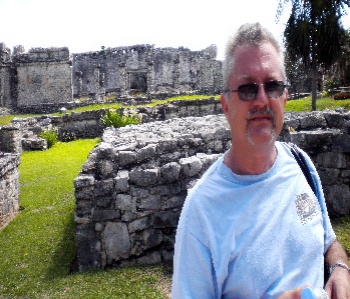
After I retired from the Navy, I went to work for the Drug Enforcement Administration. I wanted to continue my intelligence career and work where I thought I could do more good and add to the mission. I started in the San Diego Field Division as an Intelligence Research Specialist. The intelligence techniques are the same for law enforcement as they are for military intelligence with a different endgame. The arrest of the traffickers and the stopping of drugs from entering the country. I was also able to move around a little more. I was assigned to the country office at the Embassy in Mexico City, Mexico. It was an exciting and fun assignment. After Mexico City, I was assigned to El Paso, Texas, where I retired with 20 years of service in December 2011. The work was interesting and rewarding.
What military associations are you a member of, if any? What specific benefits do you derive from your memberships?
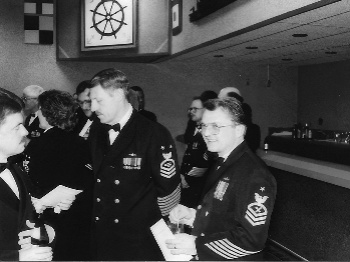
Just recently, I joined the Navy League. The Navy League sponsors the Sea Cadets, which is the sea service’s answer to the Boy Scouts or other youth programs. They are also associated with the NROTC and JR NROTC programs at the colleges and high schools working with the students in offering scholarships and opportunities to join the Navy or Marine Corps as commissioned officers. I also want to catch up with the changes that have happened in the Navy since I retired. I thought the best way to do this would be to get involved with an organization that would give me the opportunity to do this.
The Navy League is the organization to do so. I am also the Secretary for a military professional group, the Navy Photographic Intelligenceman PT Association. We were a group of shipmates who served in the Photographic Intelligenceman rate in our career. The PT rate was combined with the Yeoman Intelligence Clerk rate, which formed the Intelligence Specialist IS rate in 1975. We have yearly reunions to remember the good times and shipmates we served with throughout our careers.
In what ways has serving in the military influenced the way you have approached your life and your career? What do you miss most about your time in the service?
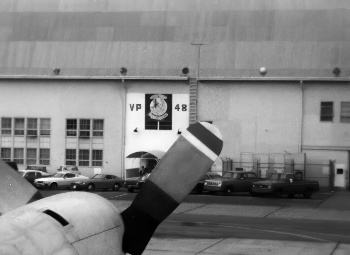
The Navy gave me direction after wasting a year going to college. I was fortunate to qualify for a good rate and the work ended up being my career. I was able to focus on the tasks at hand and work to complete the task or mission. I also had the drive to succeed and do the best job I could do. I used the leadership techniques to my advantage and motivated the sailors who worked for me and, after the Navy, the intelligence research specialists who worked for me while I was with the DEA. I learned a skill and would not be where I am today if not for the trade I learned in the Navy.
Based on your own experiences, what advice would you give to those who have recently joined the Navy?
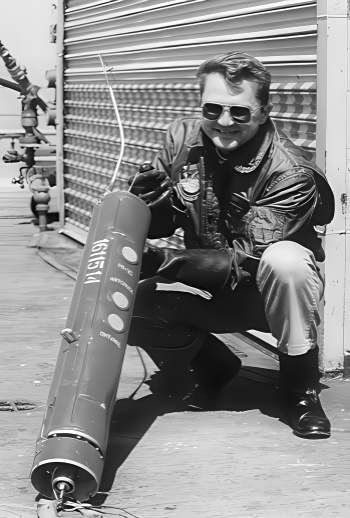
For those who are thinking of joining the Navy today, I would say to learn all you can from the Navy and the experiences you will have. Give all of your effort to be the best you can be, and don’t be afraid to do something different when the opportunity comes up. Be flexible and ready to go at the drop of a hat. Get as much education as you can through the variety of programs the Navy has available. You can receive a college education by attending classes at your station. Or you can apply for officer programs that will get you into a university full time or attend the Naval Academy. Take advantage of every opportunity the Navy has to offer.
In what ways has togetherweserved.com helped you remember your military service and the friends you served with.
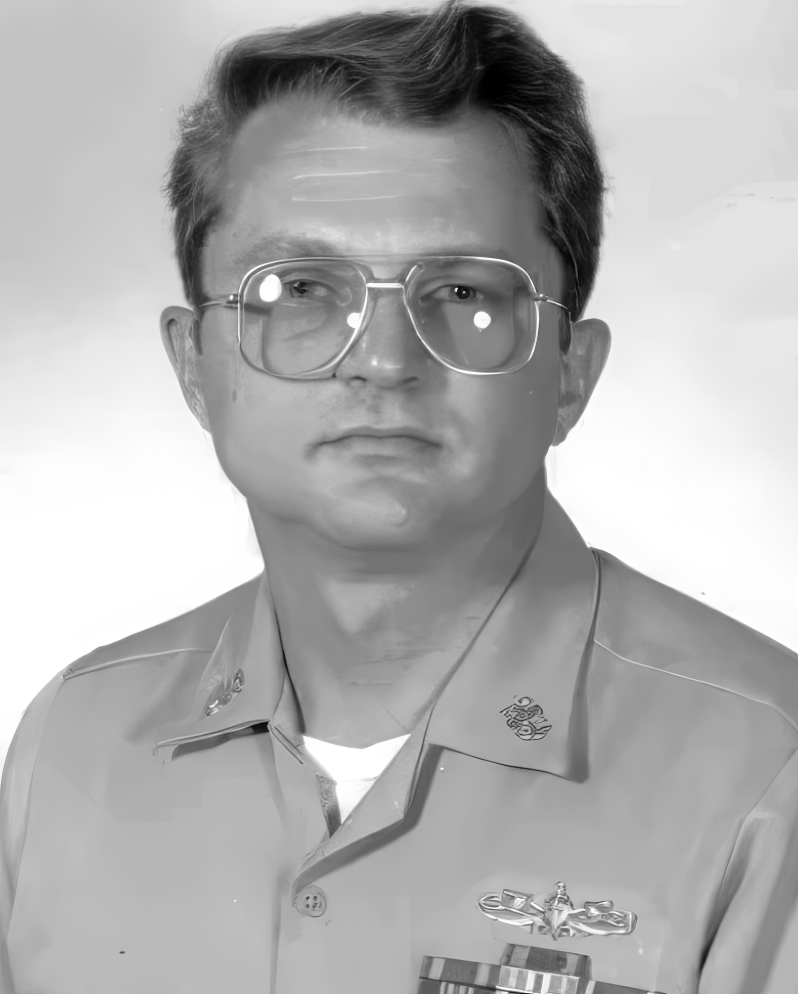
TogetherWeServed.com has helped me keep in touch with shipmates and locate ones I couldn’t before. The site has been a great pleasure to use.
PRESERVE YOUR OWN SERVICE MEMORIES!
Boot Camp, Units, Combat Operations
Join Togetherweserved.com to Create a Legacy of Your Service
U.S. Marine Corps, U.S. Navy, U.S. Air Force, U.S. Army, U.S. Coast Guard
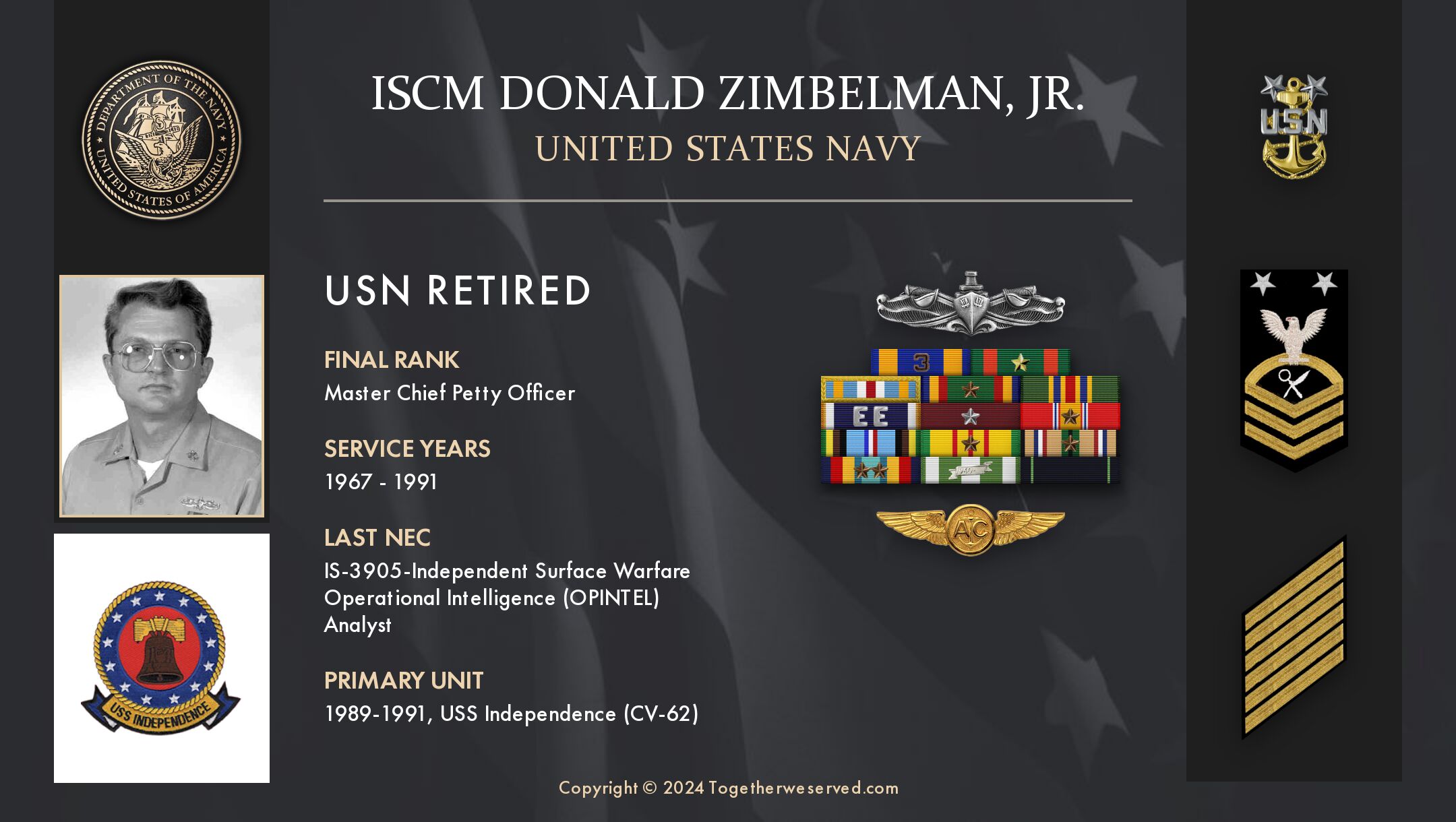
0 Comments